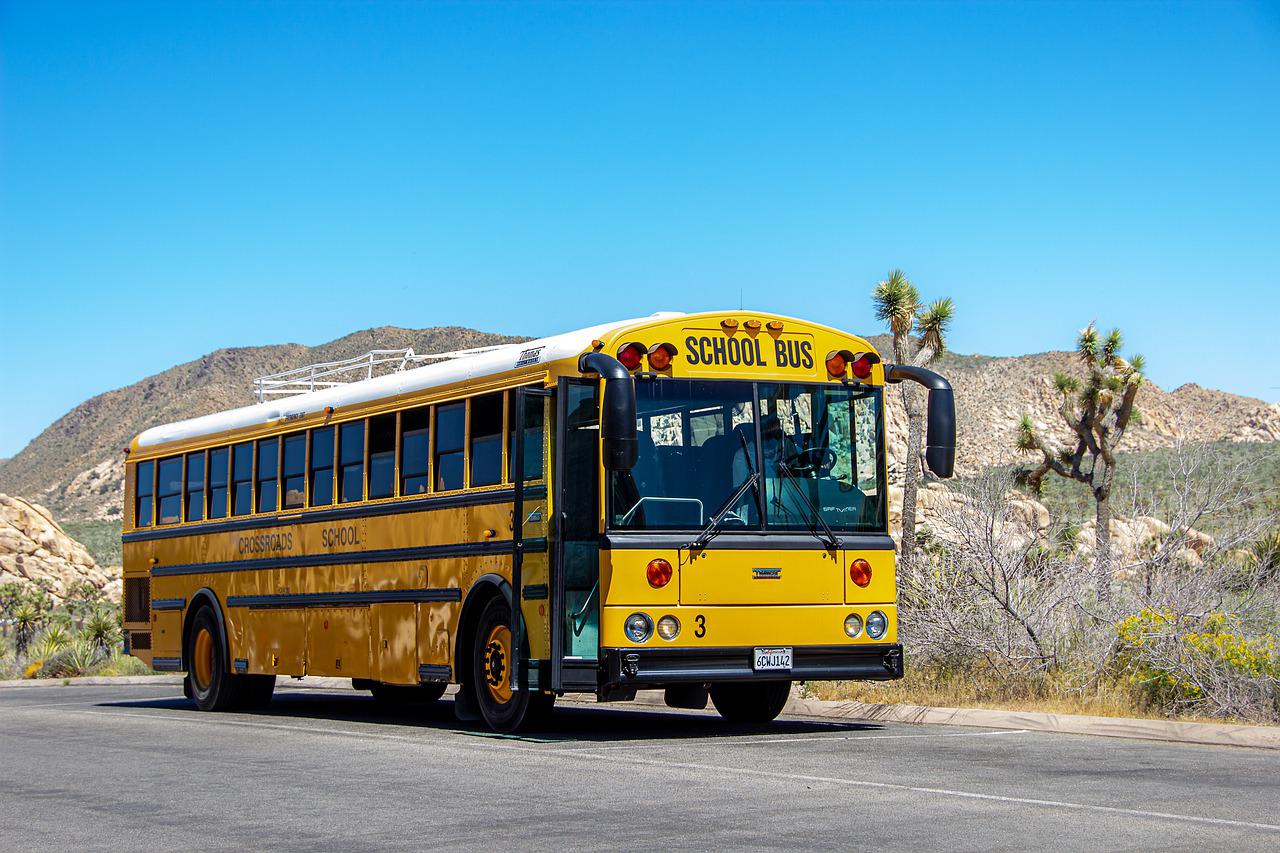Several states have established sales tax holidays. During these events, shoppers don’t have to pay sales taxes on their purchases. They’re meant to be stimulus measures that support businesses within a state, but they also apply to online retailers that have established a presence within that state. Sales tax holidays make your products more affordable and encourage your customers to spend more money, but unlike other discounts they’re subsidized by the state government.
For example, during a sales tax holiday, a shopper in Texas wouldn’t have to pay the 6.25 percent state sales tax so they would get a discount on their purchase. Sales tax holidays usually have a duration of a few days, so it’s important to know when these events take place so you can tell your customers about them ahead of time. These holidays are usually annual events that apply to a specific retail niche. One example is state back-to-school sales tax holidays. While each state has different rules for its back-to-school sales tax holiday, these events have several similarities.
Shoppers Get Discounts Before School Begins
Back-to-school sales tax holidays are meant to help parents prepare their children for school. These holidays usually take place in early August, about a month before schools reopen in September. In some states, the holidays take place in late July. The duration of the back-to-school holiday is typically one weekend, so your customers may receive a tax break that lasts from Friday to Sunday on a specific weekend.
The purchase must take place during the holiday to qualify for the tax exemption. As Texas explains, that means you have to accept the payment from the customer during the holiday. You can still ship and deliver the items after the holiday is over, though. A typical tax holiday lasts for one weekend, but it could take several days to ship an item to a customer.
States May Set Different Exemption Thresholds For Each Category
Back-to-school sales tax exemptions are often different for each product category. For example, in West Virginia computers qualify for the exemption if they cost less than $500. The price limit for clothing is lower at $125 per item. If an item costs more than the exemption threshold for its category, your customer has to pay the full sales tax on that product. These tax breaks aren’t meant to subsidize luxury items.
Several states also mention that you can’t evade the price limit by doing things like selling two individual shoes in separate transactions. Many items are typically sold in pairs, such as gloves and mittens, and if your store was selling these items in pairs before the tax holiday it must continue to do that during the holiday. You can put items on sale so they qualify for the tax exemption, though.
How Shipping and Handling Costs Are Treated
Some states, such as Texas and New Jersey, treat shipping and handling as part of the purchase price for each item. In many cases, this means that your customers don’t have to pay sales taxes on shipping and handling costs during the holiday, but there’s a catch. For example, if a shirt costs $90 and the state’s price threshold for apparel is $100, the shirt would normally not be taxable. But if the shirt cost $20 to deliver, then its total price would be $110 and the state would charge sales tax on that purchase.
West Virginia’s back-to-school sales tax holiday doesn’t apply to shipping and handling fees when they’re listed separately on the invoice. That means that if your business offers free delivery because the shipping and handling fees are included in the retail price of an item, then that item is exempt from sales taxes during the holiday. But if a customer pays an additional fee to get their shipment immediately, that fee would be taxable.
Only Individual Consumers Get Discounts
Back-to-school sales tax holidays are meant for individual parents. They don’t apply to business-to-business transactions. If a business purchases clothing or school supplies from your store, that business will still have to pay state use taxes even though an individual consumer would be exempt from taxes. You don’t have to check whether a customer is making a purchase for business purposes during the sales tax holiday, though. It’s the responsibility of the business to send in the use taxes to the state treasurer if their purchase doesn’t qualify for the exemption.
You May Have to Refund Sales Taxes
If you’re charging sales taxes on purchases during the sales tax holiday and your customers learn about it, they’re allowed to ask you to refund the sales taxes they paid. This typically means showing you the receipt for their purchase and explaining that it’s exempt from sales taxes. It’s the retailer’s responsibility to pay the sales tax refund to the customer, although the customer can also ask state tax authorities for assistance with the request. The customer will have to provide additional documentation showing that they paid sales taxes unnecessarily to do that, though.
Back-to-School Sales Tax Holidays Are a Reason to Automate
This is another situation where sales tax automation software could be very useful. Several states have back-to-school sales tax holidays, but each state has different rules for its holiday. Each state’s tax holiday occurs on a different date, unlike traditional holidays like Thanksgiving and Christmas. A purchase that qualifies for a sales tax exemption in one state may not be tax-exempt in another state. And if your sales tax software automatically collects taxes that your customers aren’t obligated to pay, you could be forced to send them refunds even if you’ve already sent in taxes to your state tax department.
